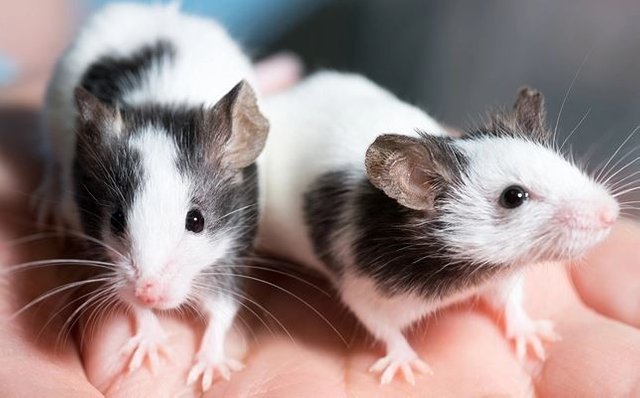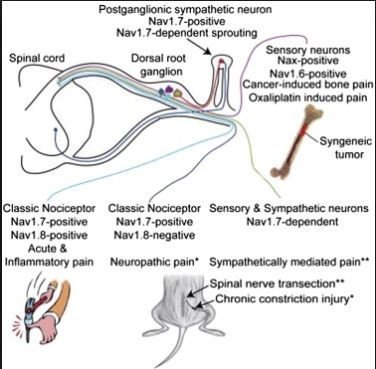Hardcore Mice use Scorpion Venom as a Painkiller
The deserts of the southwestern U.S. are home an ordinary-looking mouse with a super power: it’s immune to scorpion venom. In fact, grasshopper mice aren’t just immune to the nasty stings of the bark scorpions they eat.

The rodents have turned the scorpion’s best weapon into a potent drug that temporarily dulls their pain, allowing them to eat the toxic critters with impunity. Bark scorpions are a group of big, dangerous arachnids. Some species are even toxic enough that they occasionally kill people. But when they sting mammals like us, it’s usually in defense. So they’ve evolved a venom that’s notoriously agonizing—a feat accomplished by hijacking nerves. It contains toxins that mess with a protein called Nav1.7.That’s a sodium ion channel—a tunnel through the membrane which allows sodium molecules to move across which is used by our pain-sensing nerve cells. It has a gate of sorts which, when open, lets a flood of sodium ions through to generate an electrical pulse. And that pulse is essentially the start of the “ouch” signal that’s sent to our brains.

Normally, Nav1.7 senses small changes in ion concentrations that happen in response to injury, but bark scorpion venom has components which force its gate open in the absence of these, triggering pain, really, really bad pain. Most mammals also have Nav1.7 channels in their pain-sensing neurons, so scorpion venom hurts like heck in humans, most rodents, and lots of other furry critters—a pretty effective way to say “back off”. But grasshopper mice, which eat these toxic scorpions, have found a unique way to get around this. You might think they’ve changed their Nav1.7 proteins to be resistant to the venom, like scorpion-eating bats have. But, nope. Instead, they have an altered version of a different sodium channel protein, Nav1.8.It’s found in the same nerves as Nav1.7, and one of it’s jobs is to help transmit pain signals to the brain. Basically, it’s one of the runners in a neuronal relay, and can take the baton fromNav1.7.In other mammals, Nav1.8 doesn’t react to scorpion venom. But in these mice, it does—the venom toxins bind to it and shut it down, dulling the mice’s pain. So the venom still turns on the pain pathway by opening Nav1.7that signal is just immediately stopped from going anywhere. If that sounds incredible, well, the researchers that discovered it were pretty surprised too, but they confirmed the pain-killing effects in the lab. Injecting the mice with scorpion venom allowed them to shrug off injections of pain-causing substances like formaldehyde, which otherwise make the mice quite unhappy. And when they looked at these mice’s genes, they found the difference comes from switching just two amino acids out of the hundreds that make up the Nav1.8 protein. That’s all it took to transform the scorpions’ agony-inducing venom into a painkiller instead. So don’t let mice’s meek reputation fool you — turns out some of them are way more hardcore than you might think!

